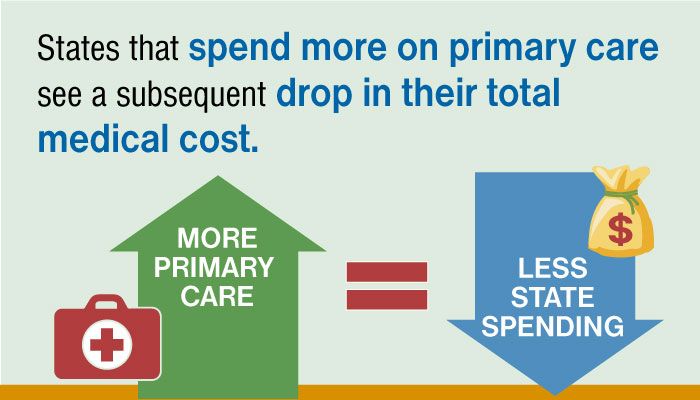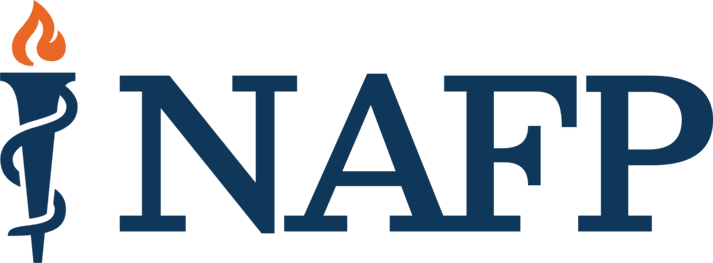Fellow Family Physicians, the time has come for us, with one unified voice, to inform our patients, peers, and our state what Family Medicine accomplishes. As a specialty we are experts in synthesizing information and educating our patients on complex medical conditions. We now must utilize that expertise and make the case for Primary Care Investment.
Many of you have already heard about Primary Care Investment. In the recent summer volume of the Cornhusker Family Physician, Dr. Steven M. Williams spoke about Primary Care Investment and the remarkable changes it has improving health outcomes, increasing coordination of care and reducing healthcare costs.These key terms are used quite frequently in politics, but we already have an answer on how to improve these areas.The answer is simple, invest more in Family Physicians and primary care and you will reap the benefits abundantly.
Let us now get a bird’s-eye view of our healthcare infrastructure currently present in the United States. On average the United States spends around 5% to 7% of its total healthcare resources on primary care. A recent study done by the Patient-Centered Primary Care Collaborative (PCPCC) and the Robert Graham Center found that 22 countries that were part of the Organization for Economic Cooperation and Development (OECD) averaged 14% spend in primary care annually from 2016-2018.1 Some of these countries included: Spain, Germany, Austria, Estonia, and Canada, among others. The United States continues to maintain the first rank in one key measure, per capita spending on healthcare. A recent study done by the OECD in 2019 shows that in 2018 the United States continued to have the highest per capita health expenditure of the world. This clearly shows that we are not spending our resources wisely, as we should expect a direct correlation between spending and health outcomes.
When 10 Family Physicians are introduced in an area there is an increase of 51.5 days in life expectancy of that population; that in comparison with a modest increase of 19.2 days when adding the same number of specialists.4 Around 48% of physician office visits are in the primary care field and these visits can influence 90% of total health care cost through referrals, testing, procedures, and hospitalizations.5 These facts are quite profound. As Family Physicians we are valuable and we continue to demonstrate improved health outcomes with the work we do. As the quarterbacks of the healthcare system we can prevent superfluous spending if given appropriate resources. That is what primary care investment is ultimately about; giving primary care clinicians the ability to tackle and improve healthcare outcomes and decrease spending by having suitable resources available.
Let us now look at what can happen with increased primary care investment. In Rhode Island the primary care investment was raised to 10.7% of the total healthcare spend.1 Between 2010 and 2017 primary care spending in Rhode Island grew from $47 million to $74 million.1 During this same time total healthcare spending in Rhode Island decreased by $115 million and primary care spending only increased by $27 million signaling huge savings with investment in primary care.1 Rhode Island is one of the only states in New England that has seen an increased supply of primary care physicians joining the medical ranks.1 Consequently, there has been an increase in specialty recruitment as well. This then shows that improving primary care infrastructure does not necessarily mean reducing specialty membership.
Oregon is yet another state that has seen significant improvement in the health of their population with primary care investment; and primary care infrastructure improvement through Patient Centered Medical Homes (PCMH). Studies done in that state showed that for every $1 dollar spent in primary care there was an average savings of $13 dollars in total healthcare spending.1 Many other states are in the process of measuring or implementing primary care investment due to such palpable outcomes in their state’s healthcare.
As previously mentioned, this is the first of a series of articles on Primary Care Investment. The next articles will focus on how we can measure primary care investment and the different ways other states, as well as countries, have done this. We will also analyze public vs private payer payment spend trends. Essentially, what we need to know is what our state is spending on primary care, in order to further evaluate areas we can improve on and continue to provide excellent care for our patients.
Please let me know if you have any questions thus far on this topic. Please e-mail me at jgutierrez@smscrete.com with questions or comments.
Citations:
1. Investing in Primary Care: A State-Level Analysis. (July 2019) Retrieved Oct 1, 2019 from_https://www.pcpcc.org/sites/default/files/resources/pcmh_evidence_es_2019.pdf
2. Deriving Preliminary Estimates of Primary Care Spending Under The Sha 2011 Framework. Retrieved Oct 1 2019 from_https://www.oecd.org/health/health-systems/Preliminary-Estimates-of-Primary-Care-Spending-under-SHA-2011-Framework.pdf
3. Fullman, Et al. Measuring performance on the Healthcare Access and Quality Index for 195 countries and territories and selected subnational locations: a systematic analysis from the Global Burden of Disease Study 2016. The Lancet, Volume 391, Issue 10136, pgs. 2236-2271 (June 2018), Retrieved Oct 1, 2019, from_https://www.sciencedirect.com/science/article/pii/S0140673618309942
4. Sanjay Basu et al. Association of Primary Care Physician Supply With Population Mortality in the United States, 2005-2015. JAMA Intern Med, 2019 DOI: 10.1001/jamainternmed.2018.7624
5. Robert Graham Center. Report: Investment in Primary Care Associated with Less Spending on Emergency Room, Hospital Care. Retrieved October 1, 2019 from https://www.graham-center.org/rgc/press-events/press/all-releases/investment-primare-care-associated-less-spending-er-hospital.html.

